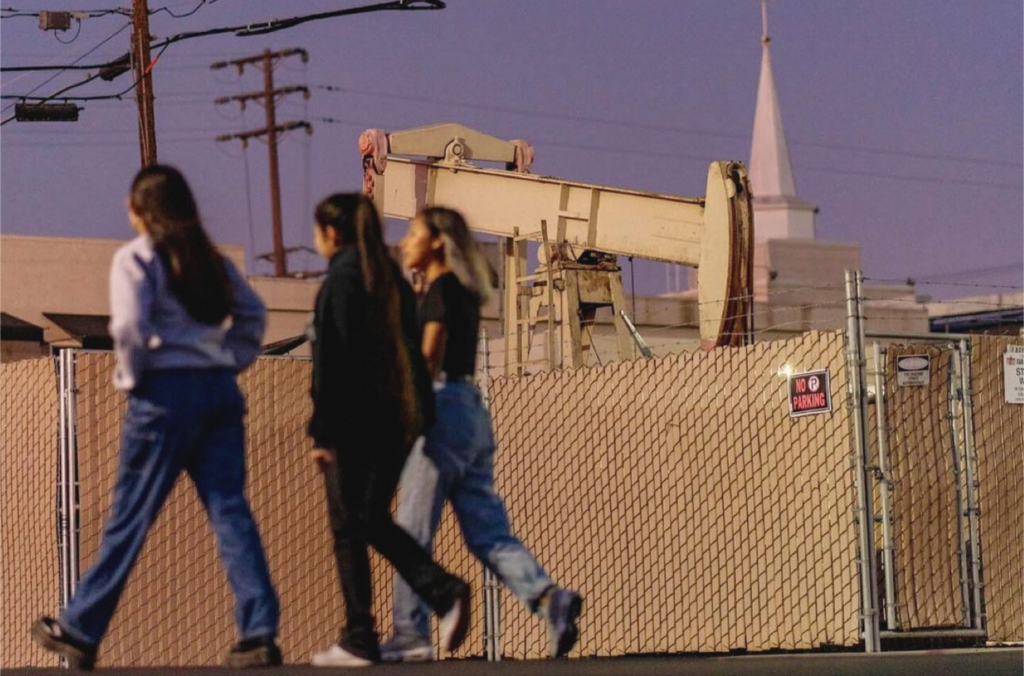
Education Center
Learn more about oil drilling in California and our fight for climate justice.
California has an oil problem.
For decades Big Oil has run a disinformation campaign to:
Scroll to learn more about

1. Oil Drilling Dangers
Robert Gauthier / LA Times
Oil drilling in communities has created a public health and environmental justice emergency.
Oil production sites use and emit known carcinogens and endocrine disruptors, like benzene and formaldehyde, fine and ultra-fine particulate matter, and hydrogen sulfide. All of these chemicals have proven records of toxicity and are known to cause respiratory illnesses, preterm births, high-risk pregnancies, and even cancer in nearby communities.
A long history of environmental racism in our state has concentrated oil and gas wells and refineries in communities of color and low-wealth communities. This has created a public health crisis.
More than 80% of California’s in-state oil production comes from just three counties: Kern, Los Angeles, and Ventura.
Kern County
Kern County is the epicenter of oil production in California. Operations are an ever-present danger to frontline community members. Unpredictable spills and leaks, rampant violations by negligent operators, and pervasive emissions create a troubling backdrop for everyday life.
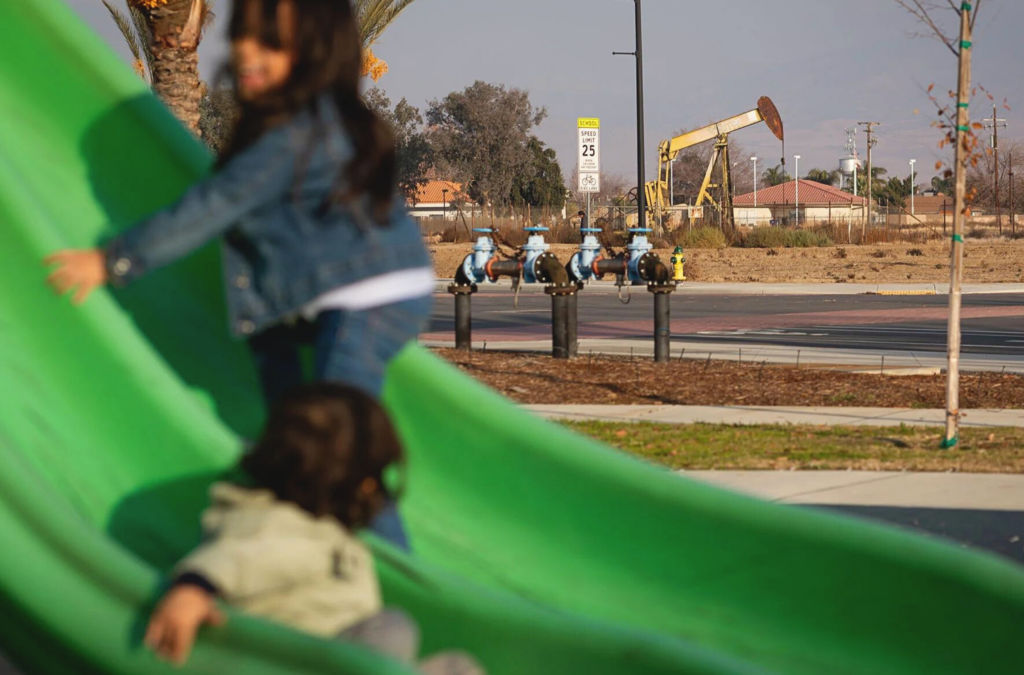
Almost every single day, Californians in the Central Valley wake up to the worst air quality in the nation.
Francisco Gonzalez is an Arvin resident who lives near an active oil well. Ten years ago, his neighbors were evacuated when regulators failed to inspect an aging gas pipeline that was leaking explosive levels of methane into their homes. Exposure to toxic gas levels left him and his community suffering from headaches, nosebleeds and respiratory problems.
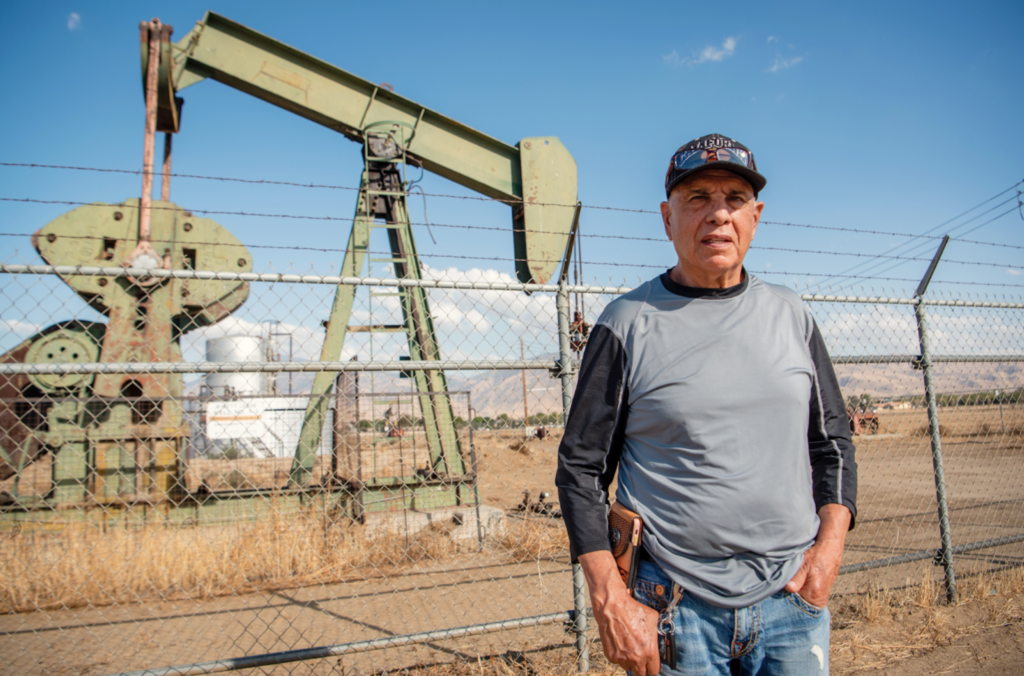
State regulators have repeatedly discovered active and idle oil wells in Kern spewing methane at explosive levels next to residential neighborhoods, including wells located only 400-1000 feet from Arvin High School.
Francisco’s community began advocating for a city ordinance to keep new drilling operations out of communities. Building off their local win, frontline communities with VISION and climate justice groups began organizing for a statewide 3,200-foot public health buffer zone between oil operations and sensitive community sites.
After a decade of tireless advocacy by frontline communities, California finally passed a law to enact health setbacks and ban new oil drilling in neighborhoods.
Los Angeles County


Long Beach
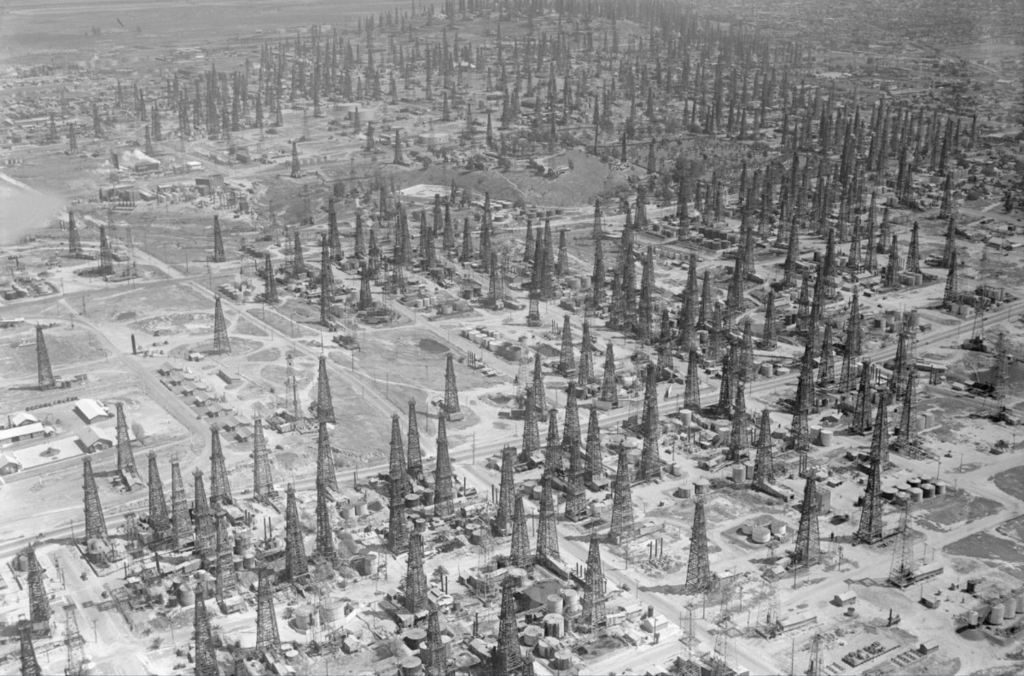
In 2023, advocates sued the city of Long Beach for approving a five-year drilling program without conducting the required review intended to protect public health and the environment. Even as L.A. City and County have voted to phase out drilling, Long Beach remains a stronghold for oil and gas production.
Ventura County
Ventura County is the third-largest producer of oil and gas in California, following L.A. and Kern. Polluting oil operations take place right next to homes and schools, on top of precious drinking water reserves, and in between rows of fruits and vegetables, harming the health of farmworkers and communities.
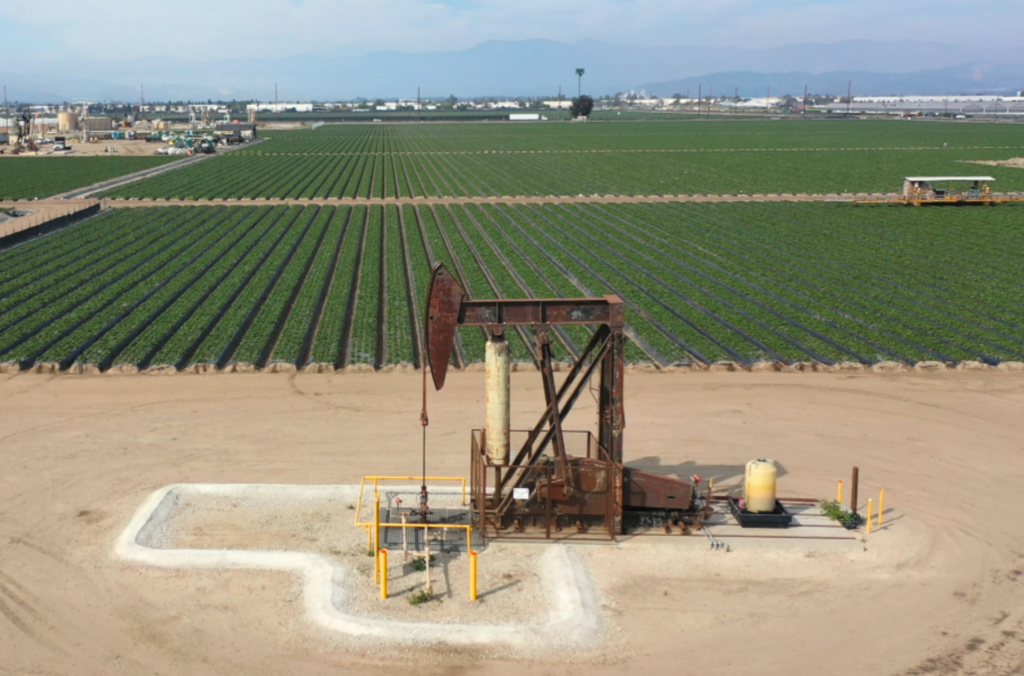
More than 8,000 Ventura County residents live less than half a mile from an oil well and approximately 60% of those residents are Latine. Decades of loopholes in local permitting laws have expanded oil operations into communities like Lemonwood, a neighborhood in Oxnard that faces a higher pollution burden than 77% of the state.
Guadalupe is a lifelong resident of Lemonwood. When her daughter was just eight months old she experienced respiratory problems so severe she was airlifted to the hospital. Now in elementary school, she uses an inhaler for her asthma as she plays soccer next to an active oil drilling site. Many of Guadalupe’s neighbors work in the nearby fields where they face the dual burden of exposure to cancer and respiratory disease-causing pollutants from oil operations and pesticides.

Advocacy by frontline communities and local organizers led Ventura County’s elected leaders to close a dangerous loophole that allowed oil companies to drill using antiquated permits without environmental review or expiration dates.
In 2020, the Ventura County 2040 General Plan was adopted and included several hard-fought policies and ordinances: the first health and safety buffer zone in the country of 1,500 feet for homes and 2,500 feet for schools, limits of flaring of excess fracked gas, and a ban on unnecessary oil trucking.
But the oil industry staged a multi-pronged attack on democracy and public health policies in Ventura County – using referendums and lawsuits. They filed multiple lawsuits against the county and despite legal intervention by local advocates, the new conservative majority and oil-backed Board of Supervisors took step to weaken these public safety policies.

2. Climate Threats
Noah Berger / AP
Carbon Intensity of CA Oil
California is still one of the largest oil producing states in the country, pumping out over 100 million barrels of oil each year. California’s crude oil is also some of the dirtiest and most climate-damaging in the world.
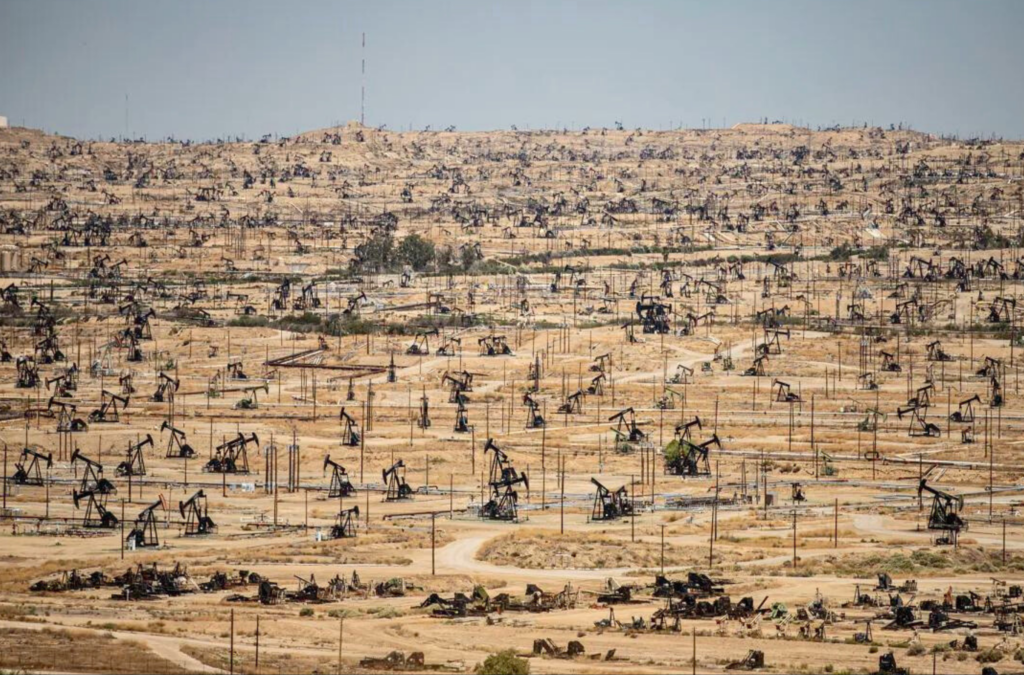
Much of California’s crude is notoriously thick and viscous sludge buried deep in hard to reach places. As conventional wells run dry, extraction techniques become increasingly extreme and more energy-intensive, further exacerbating carbon emissions.
Even as oil production declines in the state, the carbon intensity of the oil drilled and refined here is rising — helping to cancel out the health and climate benefits of declining production.
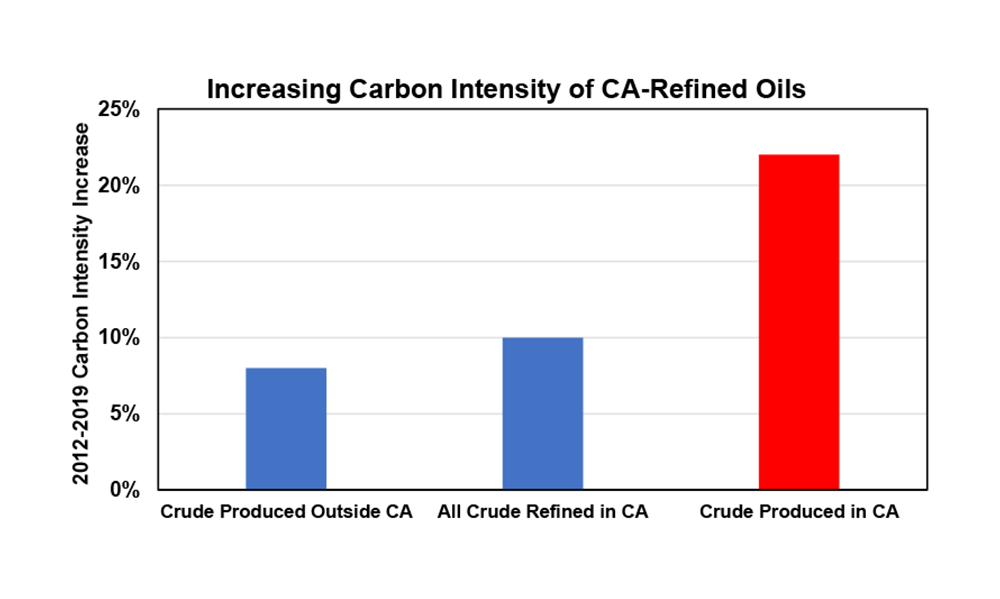
Toxic Emissions

3. Idle & Orphan Wells
Jae C. Hong/AP

4. Big Oil’s Big Scam
Myung J. Chun / LA Times
Lobbying
The oil and gas industry spends more on lobbying than just about anyone in Sacramento. Chevron and oil trade group Western States Petroleum Association were two of the top three highest spenders on lobbying for four straight legislative sessions, including in 2023. They have spent a staggering $188 million lobbying our state government since 2005. Big Oil’s dirty money is buying ballot initiatives while killing and gutting bills that would protect California communities from their toxic fossil fuel pollution.
Disinformation Campaign
Big Oil tries to thwart our environmental progress by lying to voters and undermining our democracy.
After California passed a historic law to end new oil drilling within 3,200 feet of communities, the oil industry launched a $61 million campaign to challenge it. Armed with a slew of oil industry misinformation, signature gatherers were caught lying to voters to steal the signatures needed to get their referendum on the ballot.
But a community led coalition and over 400 endorsers, including labor unions, health groups, environmental organizations, celebrities like Jane Fonda, and Gov. Gavin Newsom helped beat the oil industry and forced them to pull the measure from the ballot.
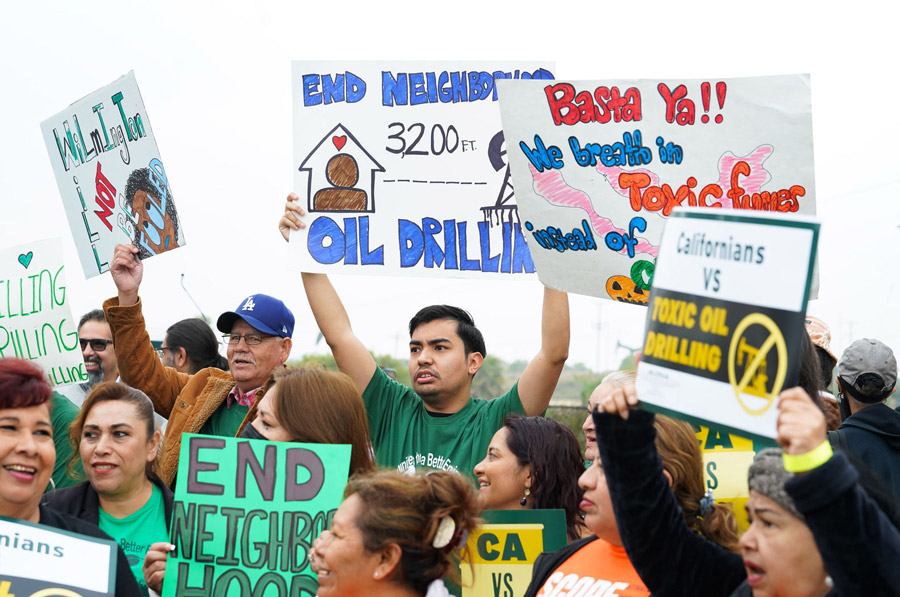
Carbon Capture Scheme
The oil industry sees the clock running out on fossil fuels—and they’re getting desperate. Oil companies are pushing greenwashing scams like carbon capture and storage (CCS), a tactic designed to enrich fossil fuel executives and prolong polluting fossil fuel infrastructure. CCS projects worldwide have a dismal track record. Past projects have drained billions in public funds, diverting resources from real clean energy solutions> They have repeatedly failed to meet emission reduction targets while introducing serious community risks like air pollution, water contamination, seismic activity, and pipeline leaks.

5. Our Progress
ABC7
Thanks to over a decade of community organizing and advocacy, we’ve reached a pivotal turning point in the campaign to move California beyond fossil fuels. Check out the progress we’ve made on our three demands:
Health Buffers
After a decade of advocacy led by environmental justice groups, California passed a law in 2022 to ban new oil wells near communities and help phase out drilling in neighborhoods.
This was a monumental win to protect frontline communities. The Governor’s backing and strong leadership from Sen. Gonzalez, Sen. Limón, and other legislative champions were a huge catalyst for this bill passing through the legislature.
Permitting
Oil drilling permits have been on the decline since Newsom took office in 2019, but in 2023 permits to drill new oil and gas wells nearly came to a standstill.
Gov. Newsom and California’s oil regulators have the moral and legal responsibility to continue denying oil and gas permits on the basis of their dire threats to the climate and public health.
Oil Well Cleanup & Just Transition
California oil production is at the end of its life cycle because the vast majority of the state’s oil reserves are tapped. Companies are walking away from their responsibilities, leaving behind a polluting mess of unplugged oil wells and trying to dump clean up costs on the public. We need to minimize the damage this dying industry leaves on its way out the door with a just transition that benefits California’s workers, communities, and economies. The good news is–the oil industry can clean up its toxic legacy of unplugged wells by creating tens of thousands of jobs in the process.
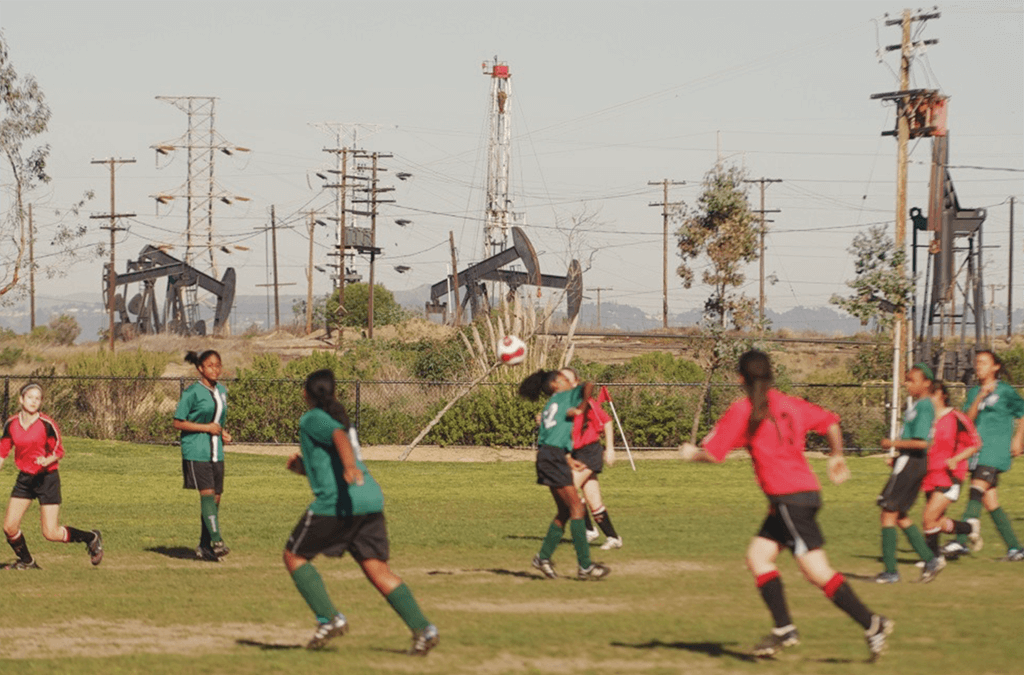
In 2023, a one-of-its-kind coalition came together, California Labor for Climate Jobs, that includes unions representing teachers, utility workers, farmworkers, janitors, and others. Their first policy platform calls for investments in safety nets for oil and gas workers, including healthcare, relocation support, and training programs for well-paying union jobs in climate-friendly fields. Their advocacy helped achieve a key victory by securing a pilot fund to support oil and gas workers displaced by the industry’s decline.
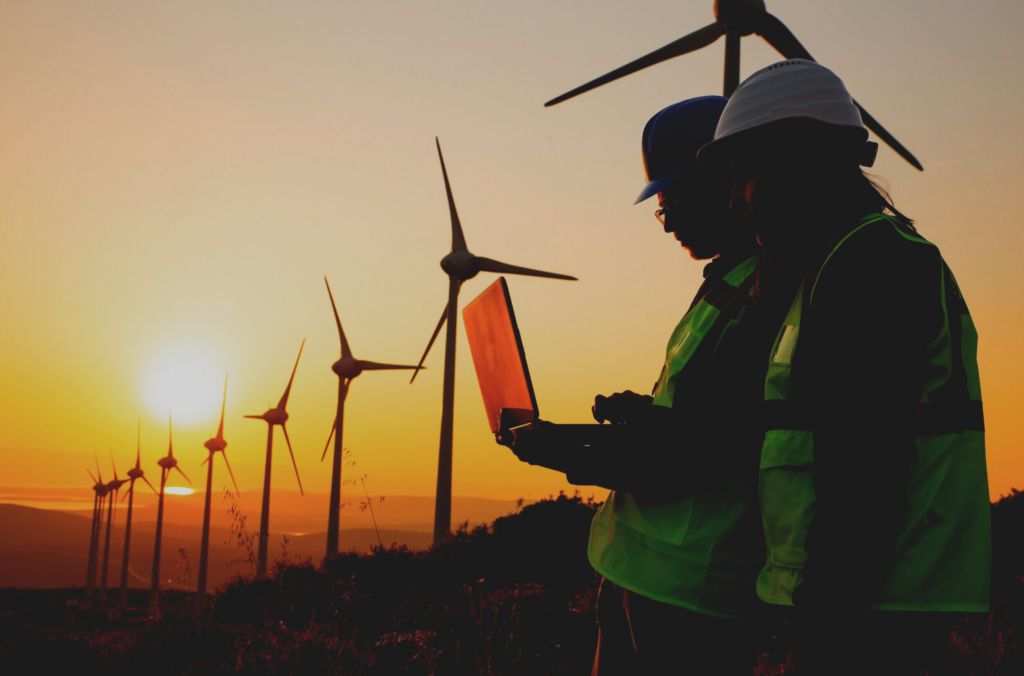
Permits issued to plug idle oil wells have increased in recent years, and California took a major step toward making the oil industry clean up its own mess with the 2023 passage of the Orphan Well Prevention Act and the 2024 passage of the Idle Well Prevention Act. But the state faces a growing crisis that soon the entire nation will confront. By holding the oil industry accountable for cleanup, California can lead the nation in a just transition.
Standing Up to Big Oil
Thanks to the thousands of Californians taking action, Governor Newsom has been emboldened to go toe-to-toe with the oil industry.
When fossil fuel executives were driving up gas prices in the state, we took to the streets to call out their greed, inspiring Gov. Newsom to push for a cap on Big Oil profiteering and sign a Price Gouging Penalty bill into law.
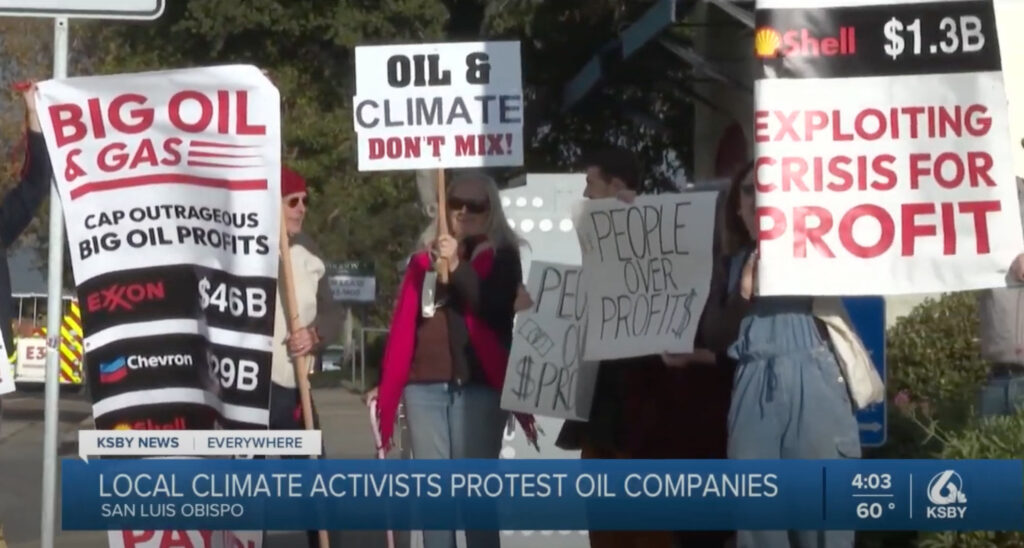
Governor Newsom has also unveiled a precedent-setting lawsuit to hold the largest oil companies accountable for their climate-damaging emissions and their decades of misinformation they have promulgated to continue their dangerous operations.




